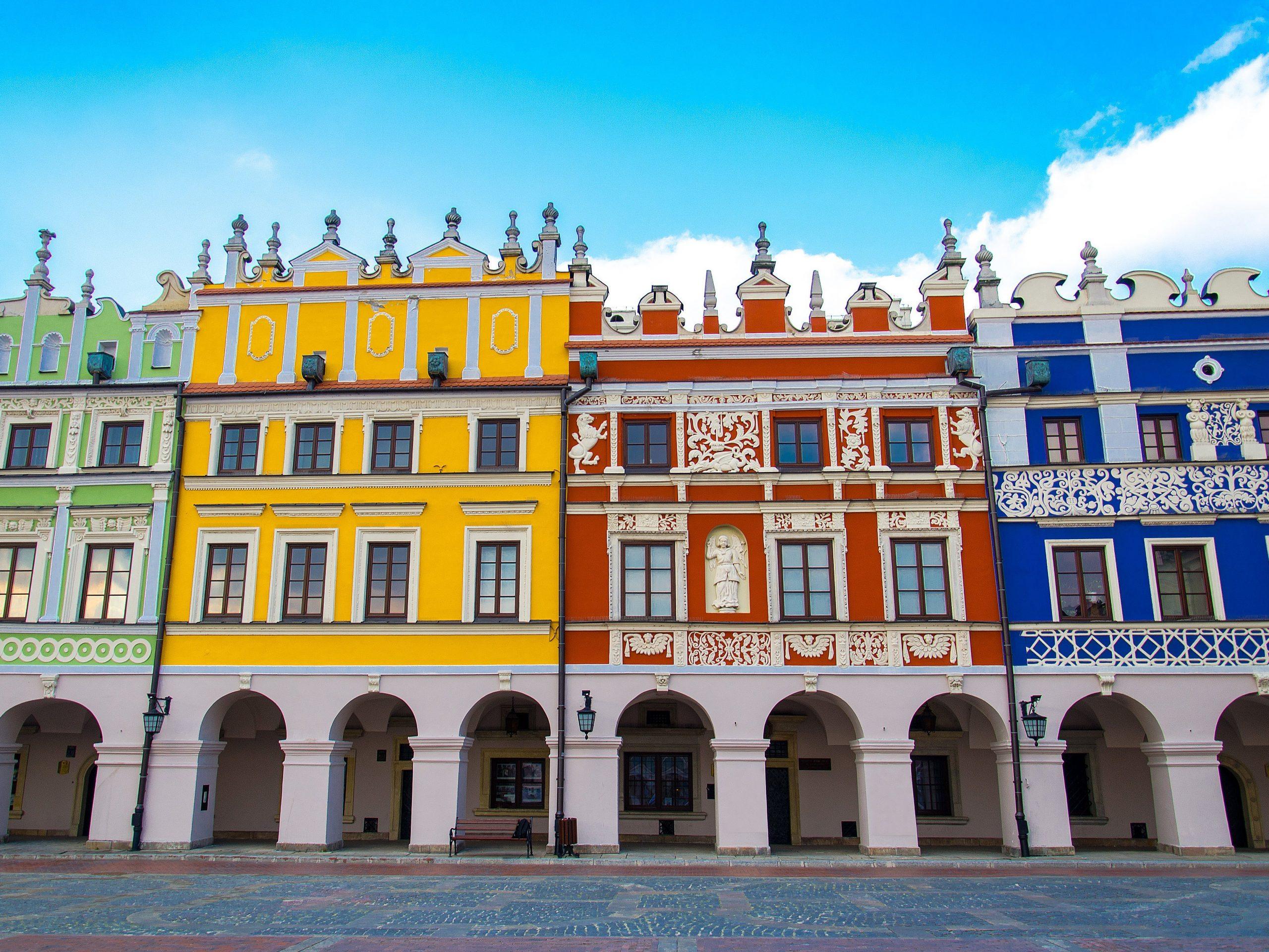Zamosc: How Poland’s ‘Perfect Renaissance Town’ Preserves Its Historic Legacy in 2025

A Living Renaissance Legacy
Zamość stands as a remarkable testament to 16th-century architecture, earning its reputation as the ‘pearl of the Renaissance’ and its prestigious place on the UNESCO World Heritage List. Founded in the 16th century by Chancellor Jan Zamoysky, the city was meticulously designed according to Italian theories of the ‘ideal city’ by Bernando Morando, a native of Padua.
Architectural Marvel and Cultural Significance
The city’s outstanding universal value is evident in its distinctive rectilinear urban layout, complete with compositional and functional axes, and a network of streets and squares. The architectural ensemble includes the Town Hall, the founder’s residence, the Zamość Academy, churches, and a surviving system of fortifications with gates encircling the city.
Originally conceived as a trade-based economic center, Zamość was designed to be multinational from its inception, embracing a high level of religious tolerance. This openness attracted various nationalities, including Hungarians, Germans, and British settlers, who, together with the local population, formed a vibrant multicultural urban community that shaped the city’s unique character.
Present-Day Preservation and Tourism
Today, the Old City of Zamosc enjoys the highest level of legal protection, both nationally and locally. The city serves as a local administrative, economic, religious, and cultural centre, with special departments dedicated to protecting the historic area operating within the municipal council and regional monument protection services.
Visitors to Zamość can explore numerous attractions, including the magnificent Great Market Square with its impressive Town Hall, the fortress, underground fortification routes, and a zoo for those seeking a break from historical sites. The city’s compact nature, with most attractions concentrated in a small area, makes it particularly accessible for tourists.
Looking to the Future
The property maintains its authenticity without suffering from adverse effects of development or neglect. This preservation is particularly remarkable given that the modern town of Zamość grew primarily outside the old fortifications, allowing the historic center to maintain its original character. As we move forward in 2025, Zamość continues to stand as a shining example of how historical preservation can coexist with modern urban development.
